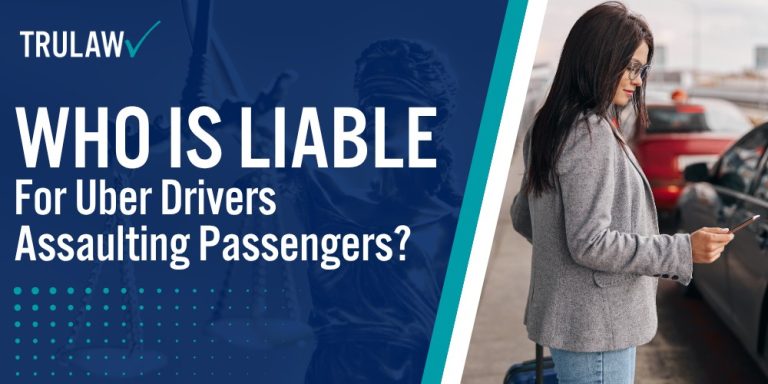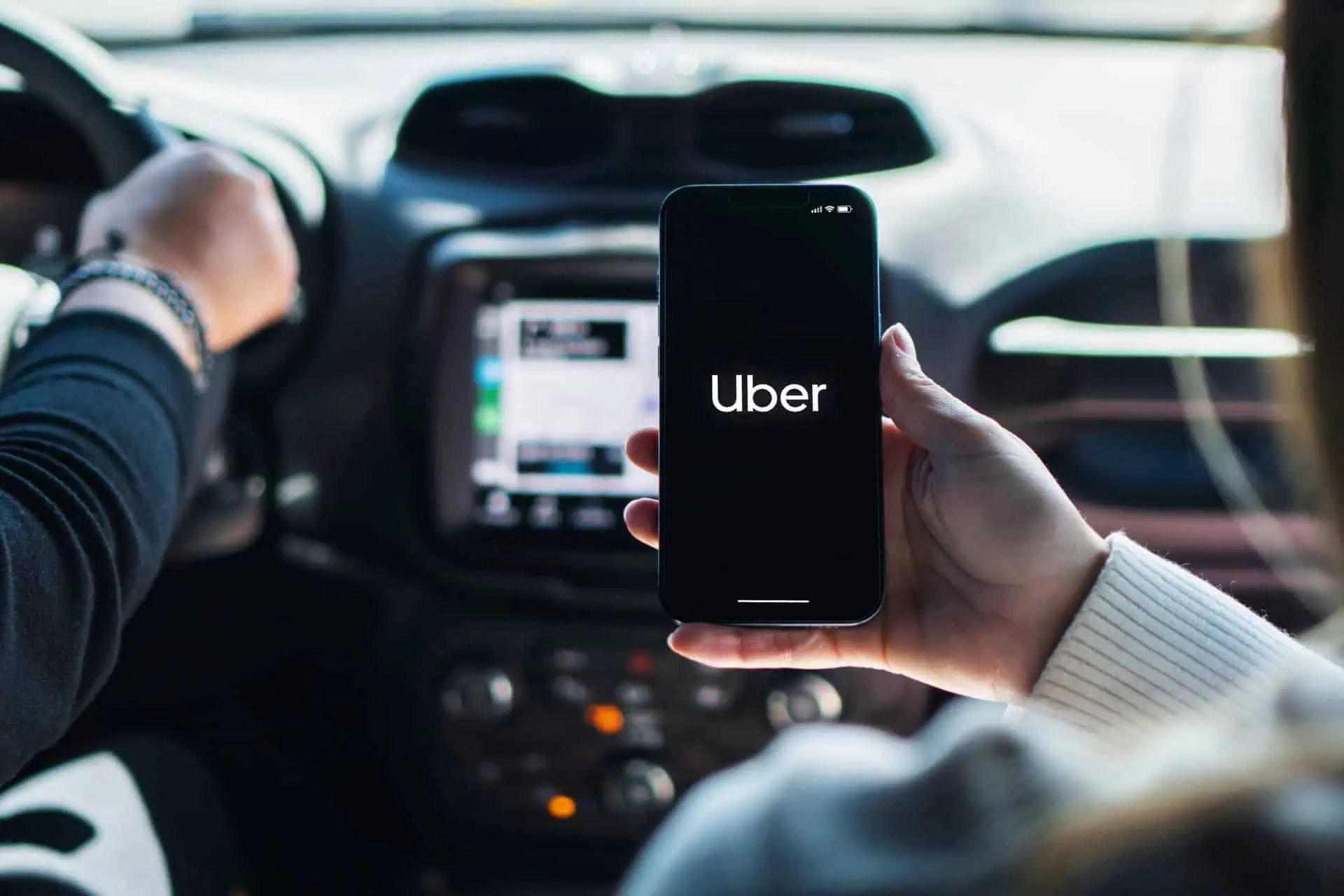Determining liability in rideshare assault cases requires analyzing both direct liability of the driver and potential liability of Uber as the platform operator.
The legal principles governing these cases draw from established tort law while adapting to modern business models that traditional legal frameworks struggle to capture.
Direct Liability of the Assaulting Driver
Drivers who commit assault against Uber passengers face immediate legal consequences under both criminal and civil law systems.
When a driver physically attacks or sexually assaults a passenger, they become directly liable for their intentional sexual misconduct regardless of their relationship with Uber.
Criminal prosecution represents the state’s response to assault, with penalties varying by jurisdiction and severity of the offense.
Drivers convicted of assault face these potential criminal penalties:
- Imprisonment ranging from months to decades depending on assault degree
- Mandatory registration as a sex offender for sexual assault convictions
- Probation with strict monitoring conditions
- Fines and restitution orders payable to victims
- Loss of professional driving privileges permanently
Beyond criminal consequences, assault victims can pursue civil lawsuits directly against the driver to recover monetary damages.
These civil claims operate independently of criminal proceedings and require only a preponderance of evidence rather than proof beyond reasonable doubt.
However, pursuing claims solely against individual drivers presents substantial practical limitations that often leave victims without adequate compensation.
Most rideshare drivers (including any female Uber driver involved in assault cases) lack sufficient personal assets or insurance coverage to satisfy substantial damage awards.
Standard auto insurance policies explicitly exclude coverage for intentional criminal acts, meaning drivers’ insurers will deny claims arising from assault.
Even when victims obtain judgments against drivers, collecting compensation becomes nearly impossible when defendants have limited financial resources.
The direct liability of assaulting drivers, while legally straightforward, rarely provides victims with meaningful recovery.
This gap in compensation drives the need to examine Uber’s potential liability for creating conditions that enabled these assaults to occur.
If you were assaulted by an Uber driver and need help learning your legal rights beyond pursuing the driver individually, you deserve experienced legal guidance.
Contact TruLaw using the chat on this page to receive an instant case evaluation and determine whether you qualify to file an Uber sexual assault lawsuit today.
Vicarious Liability and Respondeat Superior Doctrine
The legal doctrine of respondeat superior traditionally holds employers liable for employees’ wrongful acts committed within the scope of their employment.
Under this principle, companies bear responsibility for harm their workers cause while performing job duties, even without direct fault by the employer.
However, applying vicarious liability to Uber assault cases encounters immediate obstacles due to the company’s business model and the nature of assault as an intentional tort.
Courts analyzing vicarious liability in rideshare assault cases must first determine whether drivers qualify as employees rather than independent contractors.
Even when employment relationships exist, assault typically falls outside the scope of employment since transporting rideshare passengers safely constitutes the authorized job duty, while assault represents:
- A substantial deviation from assigned responsibilities
- Personal criminal conduct unrelated to business purposes
- Intentional harmful acts contrary to company policies
- Behavior that provides no benefit to the employer
- Actions explicitly prohibited by terms of service
The Northern District of California’s MDL proceedings have seen extensive litigation over whether exceptions to these general rules might apply.
Some jurisdictions recognize that employers may still face vicarious liability when they create environments enabling foreseeable harm, particularly when exercising substantial control over working conditions.
Plaintiffs argue that Uber’s degree of control over drivers through algorithmic management, fare setting, and performance standards creates a relationship closer to employment than true independent contracting.
The company dictates routes through GPS navigation, monitors driver behavior through passenger ratings, and can deactivate drivers unilaterally.
This level of control, combined with Uber’s knowledge of assault risks from thousands of reported incidents, potentially expands vicarious liability beyond traditional boundaries.
Recent court decisions in San Francisco Superior Court have produced mixed results on vicarious liability claims.
While some judges dismiss these theories based on contractor classification and scope of employment limitations, others allow cases to proceed where evidence shows Uber’s operational control and foreseeability of harm.
The first bellwether trial currently underway in California state court will provide important guidance on how juries evaluate these arguments when presented with full evidence of Uber’s practices, particularly regarding how the company’s attempts to protect drivers may have compromised passenger safety.
Even when direct vicarious liability faces obstacles, alternative theories focusing on Uber’s independent negligence often provide stronger paths to accountability.
The Independent Contractor Classification Challenge
Uber’s classification of drivers as independent contractors rather than employees creates the primary legal barrier preventing traditional vicarious liability claims.
This classification represents a deliberate business strategy designed to limit legal responsibility while maximizing operational flexibility and minimizing costs.
The Department of Labor recognizes that misclassification of employees as independent contractors may deny workers protections, and this same classification shields companies from liability for contractor misconduct.
The legal test for determining contractor versus employee status varies by jurisdiction but generally examines factors demonstrating economic reality and degree of control.
The Department of Labor evaluates these six factors when applying the economic reality test:
- Opportunity for profit or loss based on managerial skill
- Investments by the worker and potential employer
- Degree of permanence in the work relationship
- Nature and degree of control exercised by the company
- Extent to which work performed is integral to the business
- Worker’s skill and initiative in performing services
California’s AB-5 legislation and subsequent Proposition 22 ballot measure provide one example of the ongoing battle over driver classification.
While AB-5 would have required classifying drivers as employees, Uber and other gig companies spent over $200 million promoting Proposition 22 to maintain contractor status with limited benefits.
Similar classification disputes continue in Massachusetts, New York, and other states where legislators and courts grapple with applying traditional employment law to modern gig economy relationships.
The independent contractor classification impacts assault victims in several ways.
Without an employment relationship, Uber avoids automatic vicarious liability for driver actions.
Victims cannot access workers’ compensation systems that might otherwise provide immediate medical coverage and wage replacement.
The classification also limits Uber’s duties regarding driver supervision, training, and ongoing monitoring that employers typically bear.
Despite these classification challenges, plaintiffs increasingly succeed in holding Uber accountable through negligence theories that don’t depend on employment relationships.
Courts recognize that companies maintaining platforms connecting drivers with passengers owe independent safety duties regardless of contractor classification.
Evidence from the ongoing MDL reveals Uber’s awareness that contractor classification served partially to avoid liability for predictable passenger safety risks.
The evolution of employment law continues as courts adapt legal frameworks to address modern business models that traditional classifications struggle to capture.


